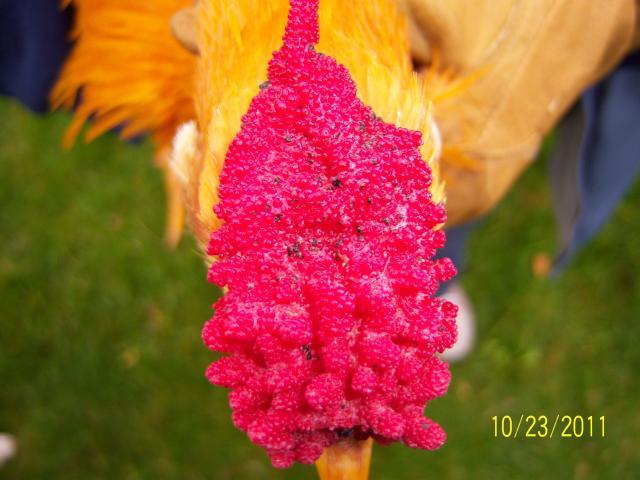Hey Chictweet! Thanks for your post, and all of your investigation. I think my girls may have the dry form of the virus. It started on my leghorn who gets picked on by a few of the other girls. I thought maybe it was a peck injury. But tonight I gave all of my 8 girls a look over. It seems that a few of them have the little spots. It's VERY dry, and hot where I live right now so I think that is keeping it mild. Also, they are very healthy girls. I have just recently started using oregano oil, and I had purchased it originally to give to the chickens in case(and in lieu of) I needed an anti-biotic. Oregano is amazing. It has many qualities(anti-bacterial, anti-viral, anti-biotic, pain reliever, blah blah blah). If anyone is interested, you should google it. I'm going to start putting it in their water tomorrow.



